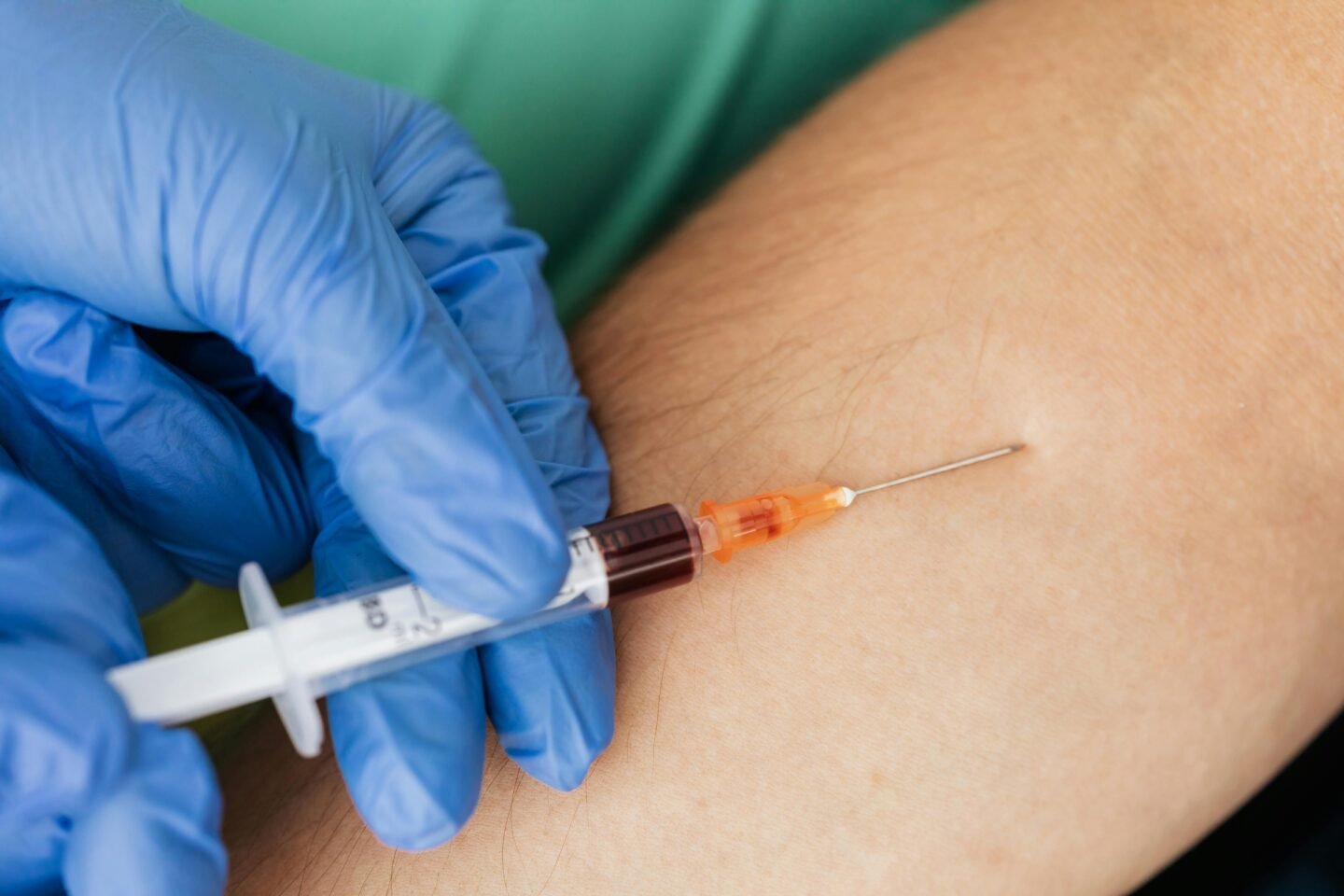
How Effective Is Sclerotherapy for Long-term Vein Health?
Sclerotherapy is a treatment option for individuals seeking management of vein-related issues. Known for its minimally invasive approach, this procedure is commonly recommended by healthcare providers for certain vein conditions. Many wonder about this treatment’s long-term impact on vein health and whether it aligns with their personal health goals. Here is more information about this procedure, the conditions it addresses, and how it contributes to maintaining vein health over time.
What Is Sclerotherapy?
Sclerotherapy is a medical procedure designed to treat certain vein-related conditions. It involves injecting a sclerosing solution directly into the affected vein. This solution irritates the vein walls, causing them to stick together, collapse, and eventually fade from view as blood flow is rerouted to healthier veins.
Since sclerotherapy is a minimally invasive procedure, it is often performed in a doctor’s office and does not require general anesthesia. Sessions are usually brief, lasting between 15 and 60 minutes, depending on the number of veins being treated. Multiple sessions may be necessary to achieve the desired results.
Over time, the treated vein is naturally absorbed by the body, leaving little to no trace behind. The procedure is minimally invasive and allows patients to return to their normal activities shortly afterward. This quick recovery makes it a convenient and appealing option for many individuals. It’s an effective treatment with minimal disruption to daily life.
What Conditions Does It Treat?
Sclerotherapy is commonly used to address visible surface veins that affect both appearance and comfort. These include spider veins, which are small, web-like veins that often appear on the face, legs, or ankles. They are generally harmless but can cause cosmetic concerns for patients.
Another condition commonly treated with sclerotherapy is varicose veins. These larger, twisted veins can cause physical symptoms such as swelling, heaviness, or aching in the legs. While not all cases of varicose veins require treatment, some individuals pursue sclerotherapy to manage associated symptoms or improve the appearance of the veins.
The procedure is recommended after a thorough evaluation of the patient’s condition, symptoms, and medical history. It is designed for specific cases and is not typically used for deeper vein issues. Such situations often require alternative medical treatments. A professional consultation helps determine the most appropriate course of action.
How Does It Promote Long-term Vein Health?
Sclerotherapy works in several ways to support the health and function of the vascular system. By targeting damaged veins, it helps improve overall blood circulation. When non-functional veins are closed, blood flow is efficiently redirected to healthier veins, reducing the risk of complications like swelling or discomfort.
This procedure also prevents further deterioration of treated veins. Once a vein collapses and is absorbed, it no longer contributes to issues like pooling blood or increased vein pressure in the area. This reduces the likelihood of developing symptoms related to these conditions in the future.
It is also worth noting that sclerotherapy aids in improving the appearance of treated areas. This can lead to enhanced overall well-being by relieving discomfort and boosting confidence in one’s appearance. While the procedure does not guarantee new vein issues won’t develop in the future, it provides a solid foundation for managing existing concerns.
Choose Sclerotherapy for Better Vein Health
Sclerotherapy is a well-established treatment for managing spider veins and varicose veins. By collapsing non-functional veins, improving circulation, and enhancing overall comfort, it offers benefits that can last well beyond the initial session. Individuals exploring this procedure should consult a vein health specialist to determine whether it is the right option for their needs. If you’re ready to take the next step toward healthier veins, consult with a trusted vein care provider near you. They can guide you through the process and address any additional questions.
